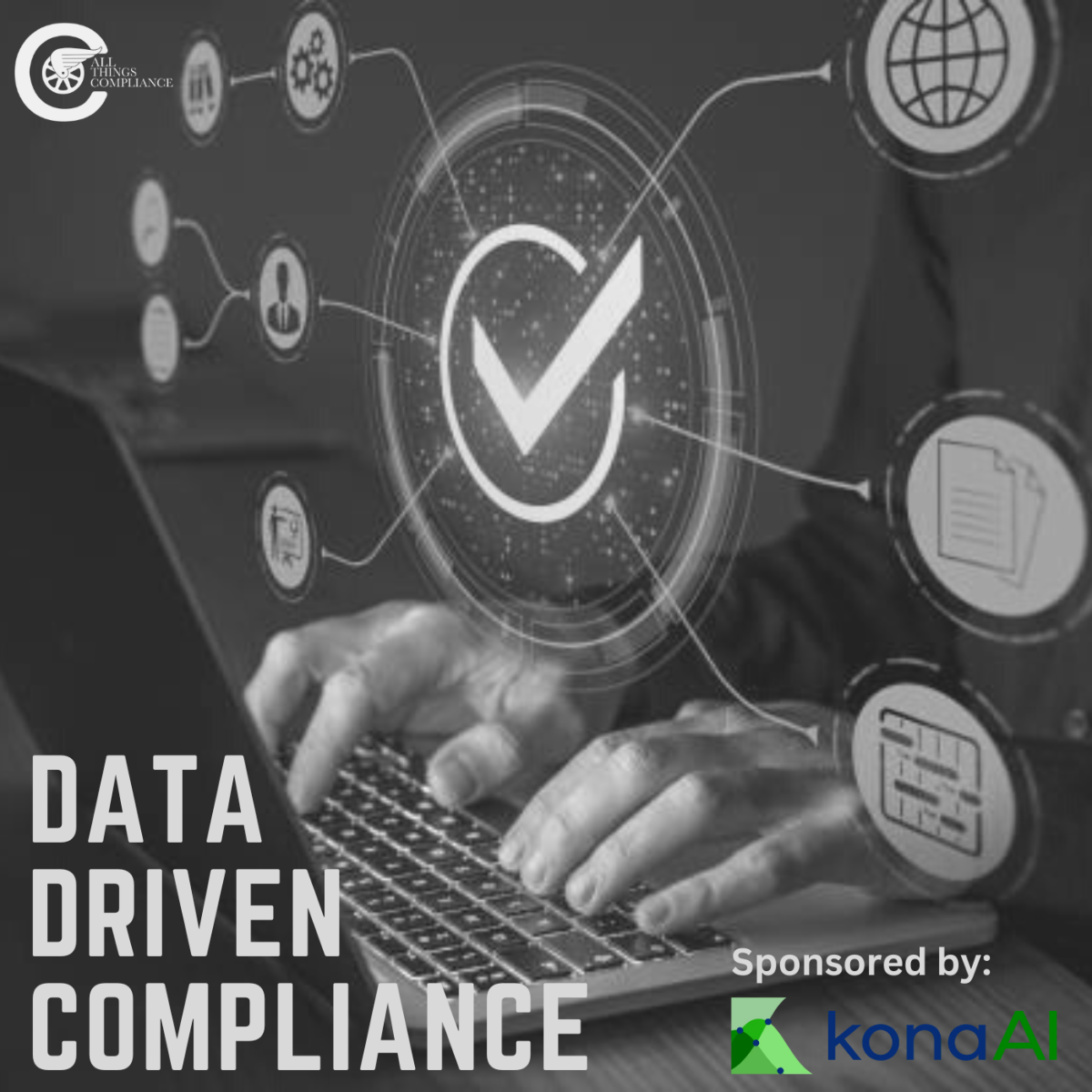After the internal report comes in and you have properly triaged the matter, you need to scope out and investigate it, promptly, thoroughly and with competent personnel. In the 2023 ECCP, provided these series of questions about your internal investigations:
Properly Scoped Investigations by Qualified Personnel—How does the company determine which complaints or red flags merit further investigation? How does the company ensure that investigations are properly scoped? What steps does the company take to ensure investigations are independent, objective, appropriately conducted, and properly documented? How does the company determine who should conduct an investigation, and who makes that determination?
Investigation Response—Does the company apply timing metrics to ensure responsiveness? Does the company have a process for monitoring the outcome of investigations and ensuring accountability for the response to any findings or recommendations?
Resources and Tracking of Results––Are the reporting and investigating mechanisms sufficiently funded? How has the company collected, tracked, analyzed, and used information from its reporting mechanisms? Does the company periodically analyze the reports or investigation findings for patterns of misconduct or other red flags for compliance weaknesses? Does the company periodically test the effectiveness of the hotline, for example by tracking a report from start to finish?
Your company should have a detailed written procedure for handling any complaint or allegation of bribery or corruption, regardless of the means through which it is communicated. The mechanism could include the internal company hotline, anonymous tips, or a report directly from the business unit involved. You can make the decision on whether or not to investigate with consultation with other groups such as the Audit Committee of the Board of Directors or the Legal Department. The head of the business unit in which the claim arose may also be notified that an allegation has been made and that the Compliance Department will be handling the matter on a go-forward basis. Through the use of such a detailed written procedure, you can work to ensure there is complete transparency on the rights and obligations of all parties, once an allegation is made. This allows the compliance team to have not only the flexibility but also the responsibility to deal with such matters, from which it can best assess and then decide on how to manage the matter.
Indeed, there are a variety of factors around giving credit to corporate investigations including: Did management, the Board or committees consisting solely of outside directors oversee the review? Did company employees or outside persons perform the review? If outside persons, have they done other work for the company? If the review was conducted by outside counsel, had management previously engaged such counsel? How long ago was the firm’s last representation of the company? How often has the law firm represented the company? How much in legal fees has the company paid the firm?
In a presentation Jay Martin, former Chief Compliance Officer at Baker Hughes, and Jacki Trevino, Director, Relationship Manager at True Office Learning, discussed the specifics of an investigation protocol. It consisted of 1) opening and categorizing the case; 2) planning the investigation; 3) executing the investigation plan; 4) determining appropriate follow-up; and 5) closing the case. If you follow this basic protocol, you should be able to work through most investigations, in a clear, concise and cost-effective manner. Furthermore, you should have a report at the end of the day which should stand up to later scrutiny if a regulator comes looking. Finally, you will be able to “Document, Document, and Document”, not only the steps you took but why and the outcome obtained.
Opening and categorizing the case. This is the first step to categorize a compliance violation. You should notify the relevant individuals, including those on your investigation team and any senior management members under your notification protocols. After notification, you should assemble your investigation team for preliminary meetings and assessments. This step should be accomplished in one to three days after the allegation comes into compliance, either through your reporting structure or other means.
Planning the investigation. After assembling your investigation team, determine the required investigation tasks. These would include document review and interviews. If hard drives need to be copied or documents put on hold or sequestered in any way, or relationships need to be analyzed through relationship software programs or key word search programs, this should also be planned out at this time. These tasks should be integrated into a written investigation or work plan so that the entire process going forward is documented. Also, if there is a variation from the written investigation plan, such variation should be documented, with an explanation provided as to why there was such a variation. Lastly, if international travel is involved this should also be considered and planned for at this step. This step should be accomplished within another one to three days.
Executing the investigation plan. Under this step, the investigation should be completed. I would urge that the interviews not be affected until all documents are reviewed and ready for use in any interviews. Care should be taken to ensure that an appropriate Upjohn warning is issued, and that the interviewee clearly understands that whoever is performing the interview represents the company and not the person being interviewed, whether they are the target of the investigation or not. The appropriate steps should also be taken to preserve the attorney-client privilege and attorney work product ruminations. This step should be accomplished in one to two weeks.
Determining appropriate follow-up. At this step, the preliminary investigation should be complete, and you are ready to move into the final phases. In some investigations, it is relatively easy to determine when the work is essentially complete. For example, if the allegation is both specific and narrow, and the investigation reveals a compelling and benign explanation for the conduct alleged, then the investigation typically is complete, and you are ready to convene the investigation team and the relevant business unit representatives. This group would decide on the appropriate disciplinary steps or other actions to take. This step should be completed in under a week. (Note that at this step, if there are findings of specific or discrete allegations of corruption and bribery, a decision must be made as how to handle such findings going forward.)
Closing the case. Under this final step, communicate the investigation results to the stakeholders and complete the case report. Everything done in the above steps should be documented and stored, either electronically or in hard copy form. The case report should be completed. This step should be completed in under a week.





